Tulum is set to become the next major Mexican Caribbean hotspot to install a massive sargassum barrier to fight growing levels of seaweed.
Officials recently revealed more details about a massive 1875-meter barrier, designed with the latest innovations in sargassum technology to safeguard the city’s reputation as a top beach destination.
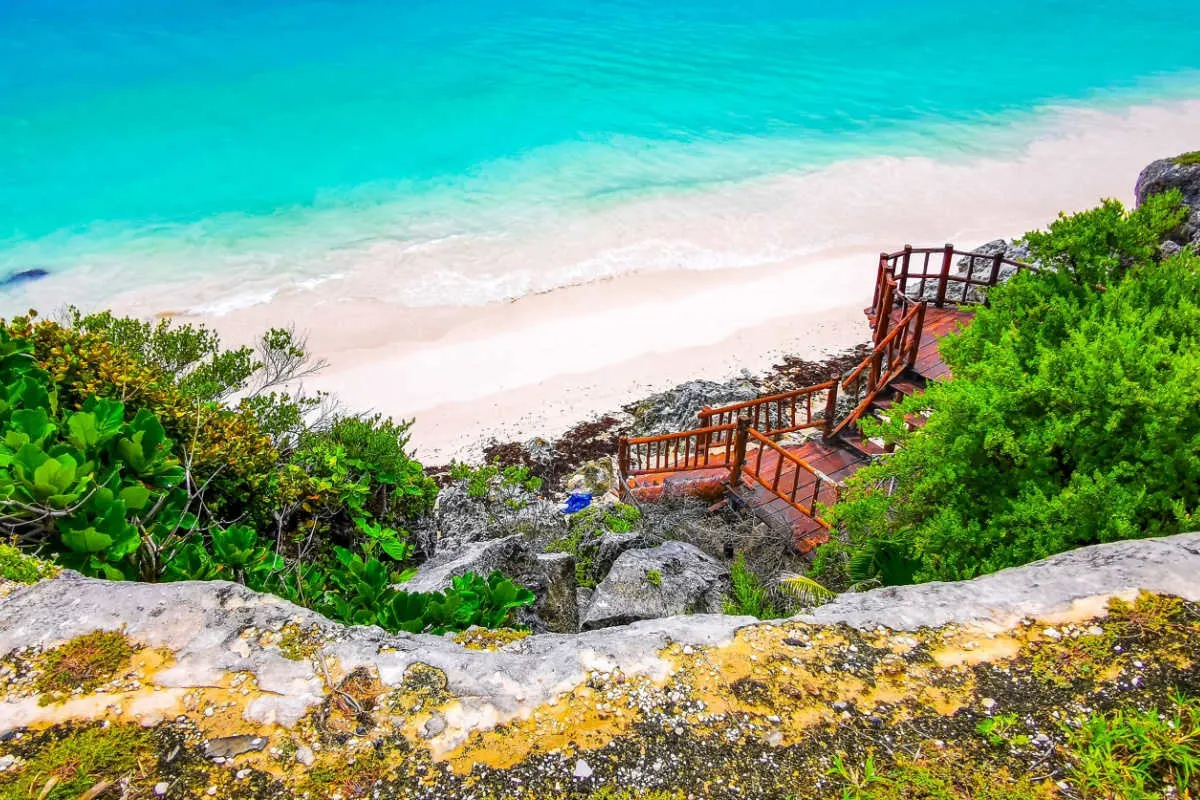
Tulum is one of the most sought-after resort towns in the Mexican Caribbean, being recently declared the Best Beach Destination in the Americas.
As the coastal hotspot gears up for the busiest year on record for travel, here’s the latest on Tulum’s new sargassum barrier plans.
Tulum Sargassum Barrier To Keep Seaweed At Bay
Sargassum is a perennial issue battering Cancun and the Mexican Caribbean each year, especially in summer, when tons of seaweed wash up on the region’s pristine coastline.
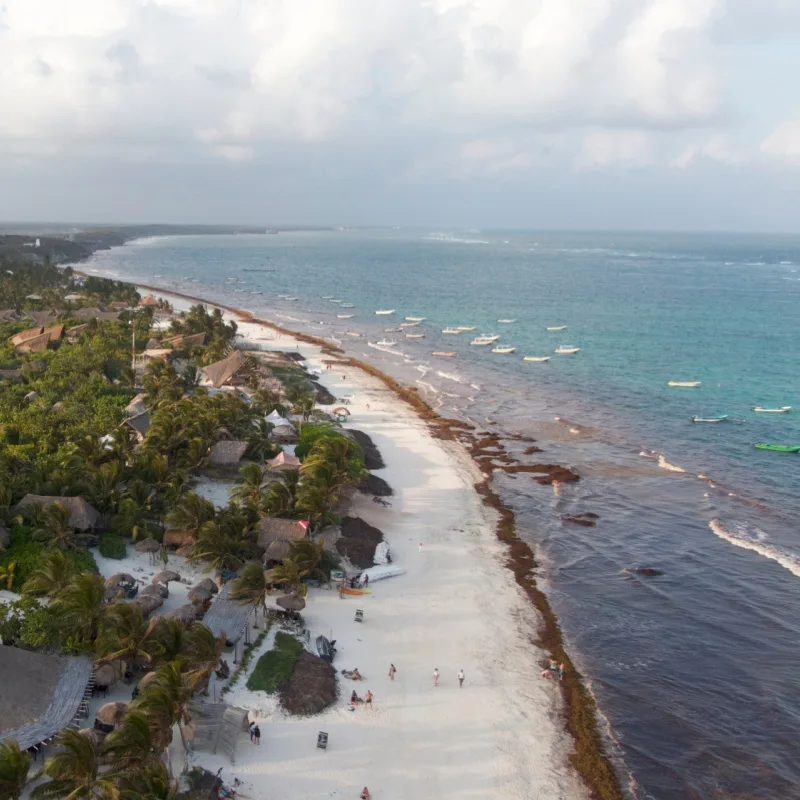
While the issue is prominent in numerous hotspots, Tulum is especially vulnerable to the effects of the seaweed due to its southern location and strong ocean currents.
Tulum typically sees some of the most sargassum-covered beaches in the region, scaring tourists and damaging the city’s otherwise excellent reputation.
With travel to the historical hotspot set to soar this year, authorities are preparing a more aggressive sargassum strategy with the deployment of a huge, over 1800-meter-long seaweed barrier.
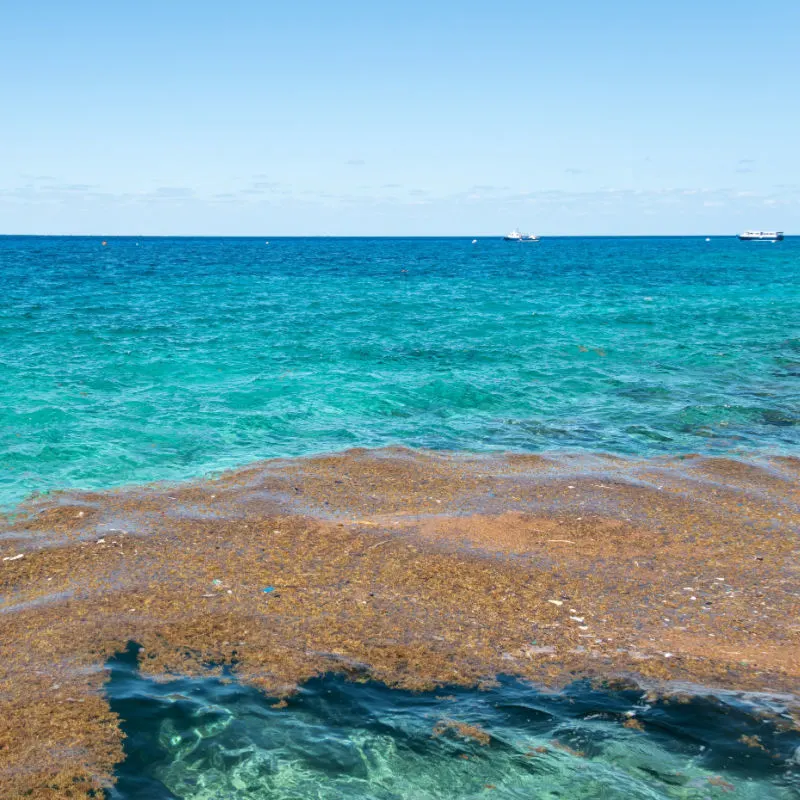
Officials revealed more details about the project this week, announcing that the technical plans for the new barrier have already been completed.
The barriers will be installed in several stages this fall, coinciding with a period known for intense sargassum quantities.
According to Mexico’s Secretary for the Environment, the high-tech barrier will have a depth of 70 centimeters below sea level, ensuring a strong deterrent against seaweed.
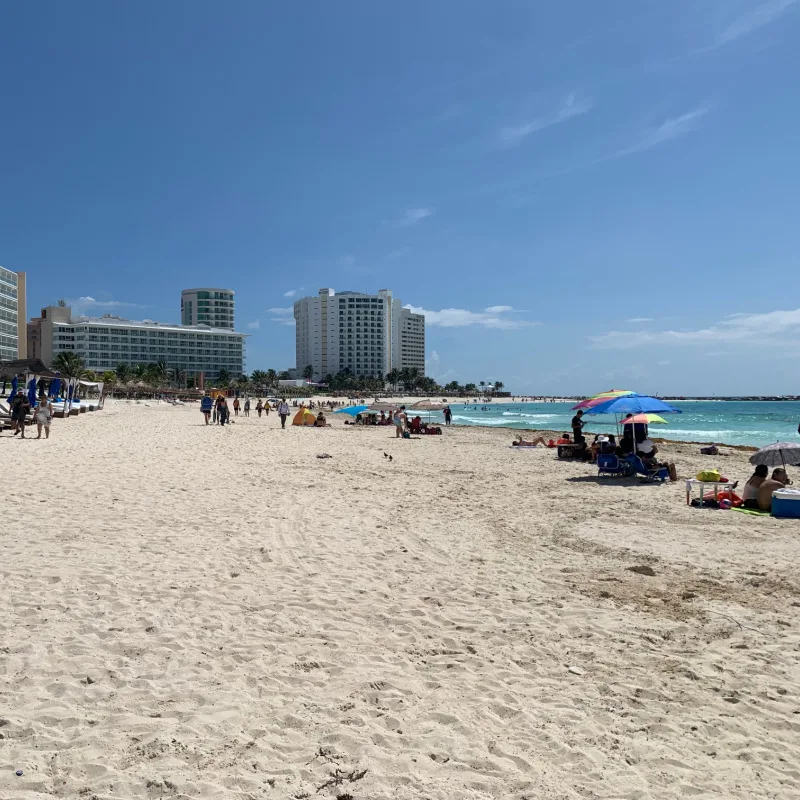
Anchors will secure the floating barrier and can be strategically placed to stop sargassum from reaching the local coastline.
Although the new barrier will only be installed this fall, Tulum is taking a number of proactive measures to protect its beaches throughout the busy summer.
From hiring more cleaners to deploying Navy vessels to collect seaweed, Tulum is well-equipped to deal with rising sargassum levels.
This Is The Current Sargassum Situation In Cancun And The Mexican Caribbean
Despite growing concern over the threat posed by sargassum seaweed, Cancun and the Mexican Caribbean are currently reporting optimal beach conditions as the record-breaking summer season kicks off.
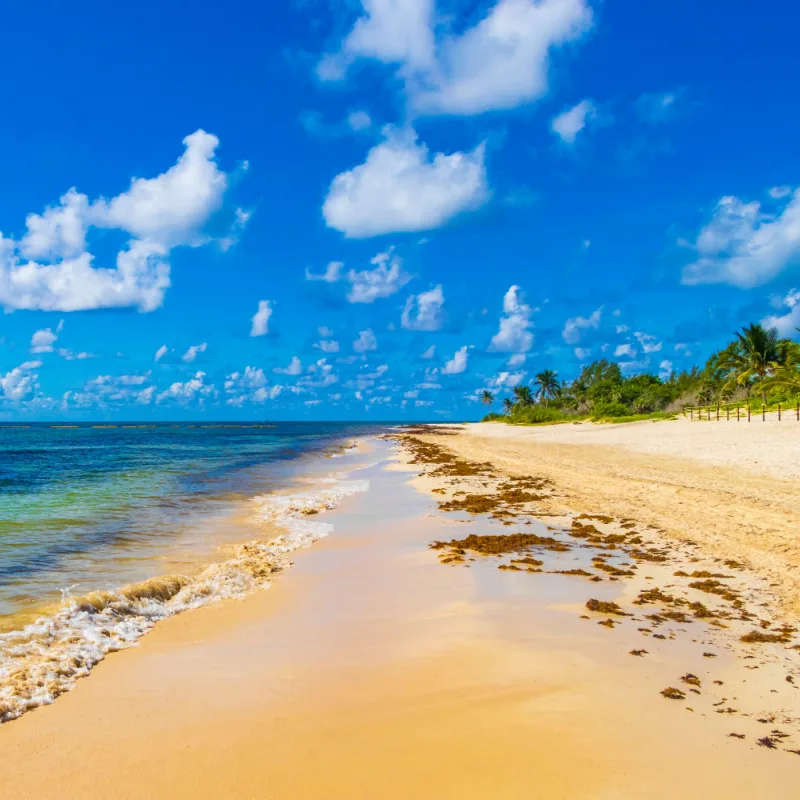
The latest update from the Quintana Roo Sargassum Monitoring Network shows that the entire coastline is nearly free of sargassum, a highly unusual situation considering that summer usually sees the highest levels of seaweed.
All of Cancun’s beaches are currently seeing low sargassum levels, with only a handful of beaches along the Riviera Maya reporting a moderate amount of seaweed.
Beaches in Holbox, Isla Mujeres, and Isla Contoy are currently among the cleanest in the region and nearly entirely free of sargassum.
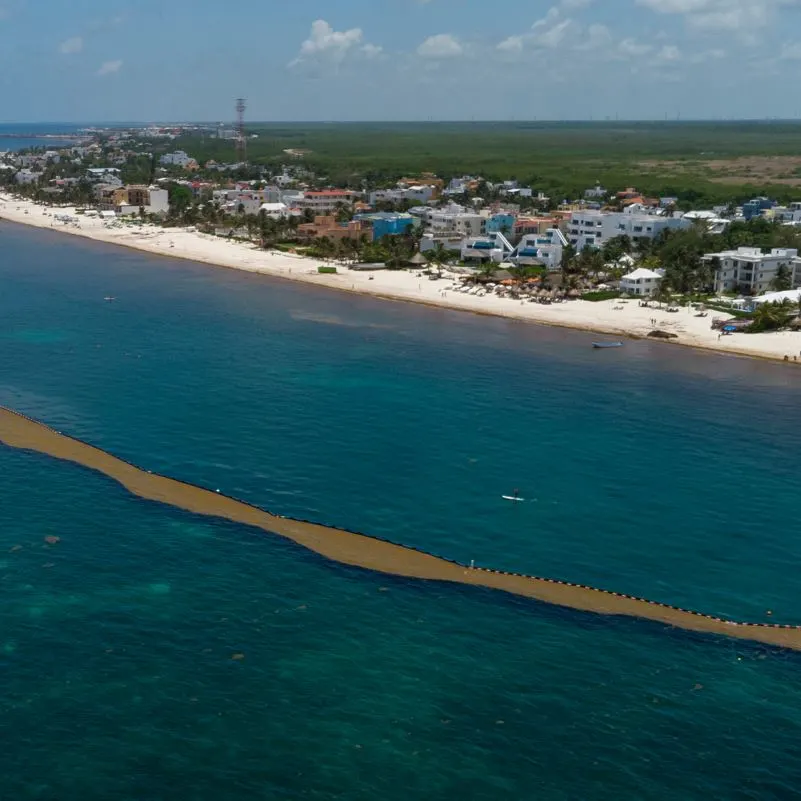
New forecasts show that summer 2024 could see a significant drop in sargassum levels compared to previous years, as officials step up measures to keep local beaches in pristine condition.
Cancun’s 120-people-strong contingent of beach cleaners ensures that the coastal hotspot is ready to deal with sargassum at short notice.
Meanwhile, new sargassum barriers in Playa del Carmen are expected to help keep the resort town clear of the smelly seaweed.
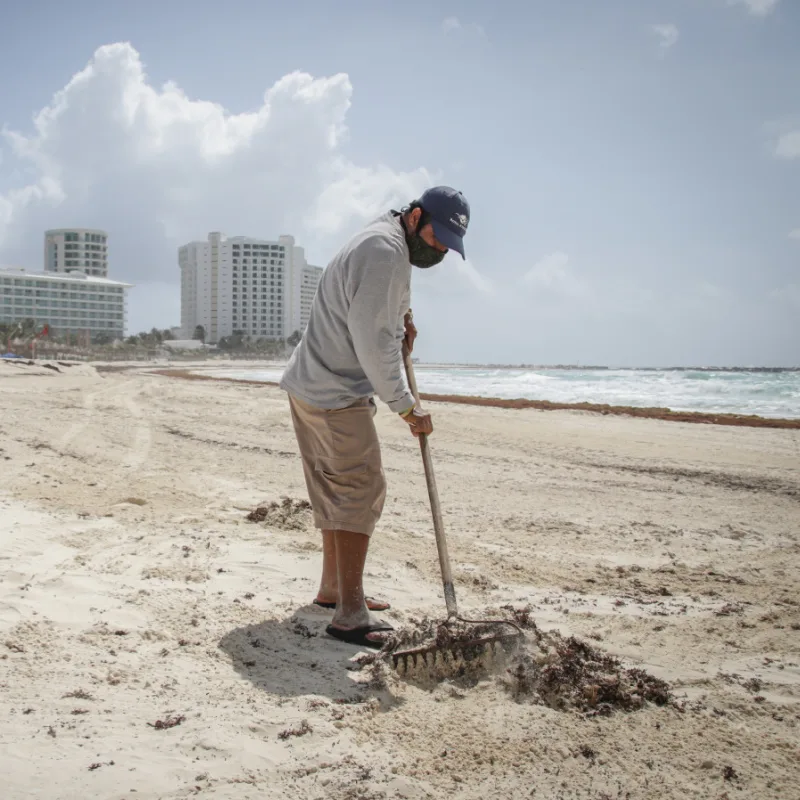
Travelers can track sargassum levels on the Quintana Roo Sargassum Monitoring Network, which posts regular updates on sargassum levels across the region’s main hotspots.
Plan Your Next Cancun Vacation:
Traveler Alert: Don’t Forget Travel Insurance For Your Next Trip!
Choose From Thousands of Cancun and Riviera Maya Hotels, Resorts and Hostels with Free Cancellation On Most Properties
↓ Join the community ↓
The Cancun Sun Community FB group has all the latest travel news, conversations and tourism Q&A’s for the Mexican Caribbean

Subscribe to our Latest Posts
Enter your email address to subscribe to The Cancun Sun’s latest breaking news affecting travelers, straight to your inbox.
